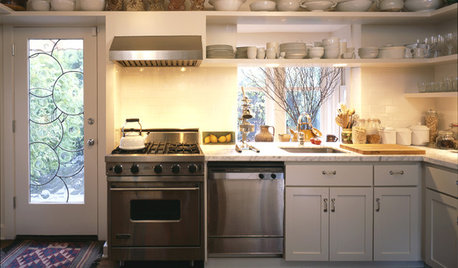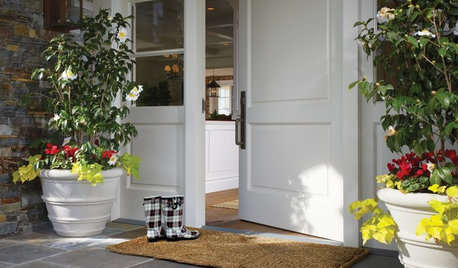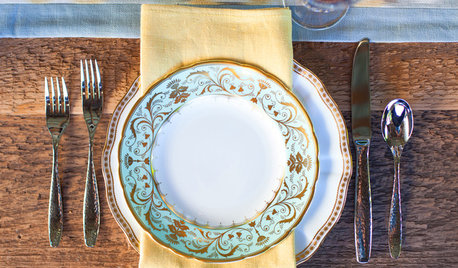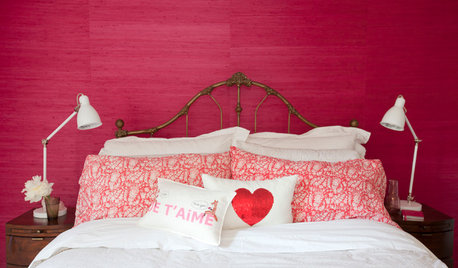Advice on setting up my 400w MH
stevey_frac
14 years ago
Related Stories

HEALTHY HOME12 Ways to Set Up Your Kitchen for Healthy Eating
Making smart food choices is easier when your kitchen is part of your support team
Full Story
KITCHEN DESIGNHouse Planning: How to Set Up Your Kitchen
Where to Put All Those Pots, Plates, Silverware, Utensils, Casseroles...
Full Story
DECORATING GUIDES10 Design Tips Learned From the Worst Advice Ever
If these Houzzers’ tales don’t bolster the courage of your design convictions, nothing will
Full Story
KITCHEN DESIGNSmart Investments in Kitchen Cabinetry — a Realtor's Advice
Get expert info on what cabinet features are worth the money, for both you and potential buyers of your home
Full Story
REMODELING GUIDESContractor Tips: Advice for Laundry Room Design
Thinking ahead when installing or moving a washer and dryer can prevent frustration and damage down the road
Full Story
LIFEEdit Your Photo Collection and Display It Best — a Designer's Advice
Learn why formal shots may make better album fodder, unexpected display spaces are sometimes spot-on and much more
Full Story
HEALTHY HOMEHow to Childproof Your Home: Expert Advice
Safety strategies, Part 1: Get the lowdown from the pros on which areas of the home need locks, lids, gates and more
Full Story
MOST POPULARThe Polite House: On ‘No Shoes’ Rules and Breaking Up With Contractors
Emily Post’s great-great-granddaughter gives us advice on no-shoes policies and how to graciously decline a contractor’s bid
Full Story
ENTERTAININGHouzz Guide: How to Set a Table
Here’s everything you need to know to prep your table for a get-together
Full Story
COLOR PALETTESSet the Mood: 4 Colors for a Romantic Bedroom
Bring your love of color — and the colors of love — into your master bedroom
Full StorySponsored
More Discussions






wordwiz
stevey_fracOriginal Author
Related Professionals
Danbury Landscape Architects & Landscape Designers · Blue Springs Landscape Contractors · Canton Landscape Contractors · Galveston Landscape Contractors · Louisville Landscape Contractors · Paso Robles Landscape Contractors · Wanaque Landscape Contractors · 07920 Landscape Contractors · Chantilly Handyman · Fairmount Fence Contractors · Mount Pleasant Fence Contractors · La Mirada Fence Contractors · Santa Fe Fence Contractors · Nipomo Fence Contractors · Syracuse Roofing & Gutterswordwiz
stevey_fracOriginal Author
struwwelpeter
stevey_fracOriginal Author
stevey_fracOriginal Author
struwwelpeter
stevey_fracOriginal Author
wordwiz
wordwiz
struwwelpeter
stevey_fracOriginal Author
wordwiz
struwwelpeter
wordwiz
struwwelpeter
wordwiz
stevey_fracOriginal Author
struwwelpeter
wordwiz
stevey_fracOriginal Author
wordwiz
struwwelpeter
urbangardenfarmer
wordwiz
zink
wordwiz
struwwelpeter
stevey_fracOriginal Author
wordwiz